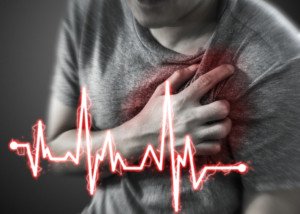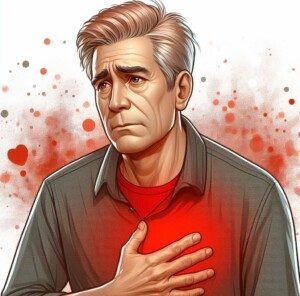
How much blockage in the coronary arteries is needed to cause angina?
You can have sludge built up in your arteries and not know it.
Angina is chest pain from blocked coronary arteries, which restrict blood flow (and thus oxygen) to the heart.
I wondered, however, just how blocked that coronary arteries need to be, in order to cause the symptoms of angina.
“The amount of blockage in an artery needed to cause angina is complicated due to flow dynamics and how the narrowing is measured,” says Michael Fiocco, MD, Chief of Open Heart Surgery at Union Memorial Hospital in Baltimore, Maryland, one of the nation’s top 50 heart hospitals.
“Simplistically, anything over 50 percent is significant and may cause angina with exertion.
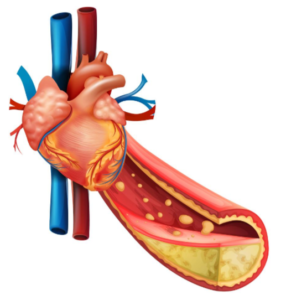
Source: vecteezy.com
“Once the narrowing reaches 75-80 percent or more, angina may occur at rest (known as unstable angina). Again this is a general rule and is different from person to person.”
Have you had chest pain during working out or immediately after, that very rapidly disappears?
This can be caused by inflammation of the cartilage in the rib cage (costachondritis).
It can also be caused by the effects of momentary exertion of the chest muscles, such as in a hardcore set of pushups or flyes.
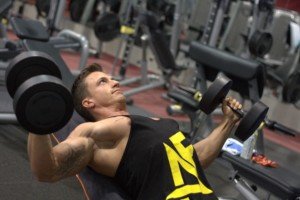
Finally, what can be described as chest pain during or immediately following a sprint or other brief burst of maximal activity could be chest muscle fatigue or soreness from strained, deep inhalations.
This can also happen as a result of arguing if it involves a lot of tension-filled deep breaths in between a hollering match during a heated argument.
But this isn’t chest pain per se, but rather, a sensation of chest fatigue or mild soreness.
Can you have a coronary artery blockage of over 90 percent and yet experience no angina upon exertion?
Dr. Fiocco explains, “Yes, and many people do. If the artery occludes over a long period of time, your heart and body adjust and no symptoms, sometimes even if the artery is occluded.
“Collateral circulation, small capillaries which enlarge and reverse flow, will get some blood to the compromised [heart] muscle to keep it alive and prevent angina.
“This system of collateral circulation will not suffice when more than one artery becomes narrow.”
Can you have a coronary artery blockage of under 50 percent, say, 40 percent, yet experience angina upon exertion?
“No. Either the ‘angina’ is coming from another source, or it is truly angina and the degree of narrowing is being underestimated.”
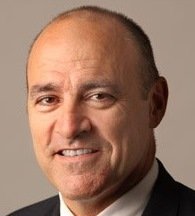
Dr. Fiocco specializes in treating artery disease, valvular disease and aortic aneurysm. His heart care expertise has earned him recognition by Baltimore Magazine as a Top Doctor in 2010, 2011, 2013, 2016 and 2017.
 Lorra Garrick has been covering medical, health and cybersecurity topics for many years, having written thousands of feature articles for a variety of print magazines and websites. She is also a former ACE-certified personal trainer.
Lorra Garrick has been covering medical, health and cybersecurity topics for many years, having written thousands of feature articles for a variety of print magazines and websites. She is also a former ACE-certified personal trainer.
.


